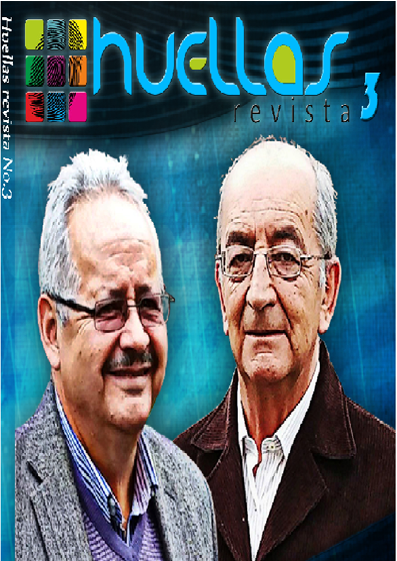THE INTERACTION BETWEEN PAIRS IN LEARNING CIRCLES
Keywords:
Education pedagogy, didactics, learning circlesAbstract
Communication between individuals is the exchange of information, ideas, emotions or opinions that may occur in a group. The reasons for its importance are multiple, beginning because we are social beings and we need the closeness of other human beings. Having shared communication codes allows people to have common goals and objectives. Work together to achieve these goals and strengthen as a society. In the field of education, communication between teacher and student is very important; the teacher allows him to know the educational needs of his students and to carry out pertinent activities to respond to those needs and improve their learning. Those skills that students have to relate to each other are used by various educational models such as the one proposed by Learning circles, which take advantage of the ease of interaction that exists between students to propose learning scenarios that help children achieve their emotional, social stability, cognitive development and strengthen your self-confidence.Downloads
Download data is not yet available.
References
Fundación Escuela Nueva Volvamos a la Gente (2008) Escuela Nueva Escuela Nueva Activa. Manual para el docente. Bogotá, Colombia.
Fundación Escuela Nueva Volvamos a la Gente (2006) Guía de formación docente en estrategias para el mejoramiento de la educación básica y para el aprendizaje personalizado y colaborativo. Bogotá, Colombia. MEN (2008) Círculos de Aprendizajes.
Gonzales Fernández Natalia y García Ruiz María Rosa. (2.007). El Aprendizaje Cooperativo como estrategia de enseñanza – aprendizaje en sicopedagógica (UC): Repercusiones y valoraciones de los estudiantes. Revista Iberoamericana de Educación. Vol. 42_6. Recuperado el 15 de Julio del 2.008. hppt:www.rieoei.org/boletin42_6.htm
Bispo Rodríguez Yanelis y Zaldivar Carrillo Miguel Erasmo (2007). Algunas consideraciones sobre el concepto de desarrollo potencial. Revista Iberoamericana de Educación. Vol. 43_2. Recuperado el 15 de julio del 2008. hppt:www.rieoei.org/boletin43_2.htm.
Edward Thorndike (1920).
Archer (1971).
Goleman (2006).
Fundación Escuela Nueva Volvamos a la Gente (2006) Guía de formación docente en estrategias para el mejoramiento de la educación básica y para el aprendizaje personalizado y colaborativo. Bogotá, Colombia. MEN (2008) Círculos de Aprendizajes.
Gonzales Fernández Natalia y García Ruiz María Rosa. (2.007). El Aprendizaje Cooperativo como estrategia de enseñanza – aprendizaje en sicopedagógica (UC): Repercusiones y valoraciones de los estudiantes. Revista Iberoamericana de Educación. Vol. 42_6. Recuperado el 15 de Julio del 2.008. hppt:www.rieoei.org/boletin42_6.htm
Bispo Rodríguez Yanelis y Zaldivar Carrillo Miguel Erasmo (2007). Algunas consideraciones sobre el concepto de desarrollo potencial. Revista Iberoamericana de Educación. Vol. 43_2. Recuperado el 15 de julio del 2008. hppt:www.rieoei.org/boletin43_2.htm.
Edward Thorndike (1920).
Archer (1971).
Goleman (2006).
Downloads
Published
2018-10-30
How to Cite
Males Rosero, L. (2018). THE INTERACTION BETWEEN PAIRS IN LEARNING CIRCLES. Revista Huellas, 2(1). Retrieved from https://revistas.udenar.edu.co/index.php/rhuellas/article/view/5739
Issue
Section
Artículos



